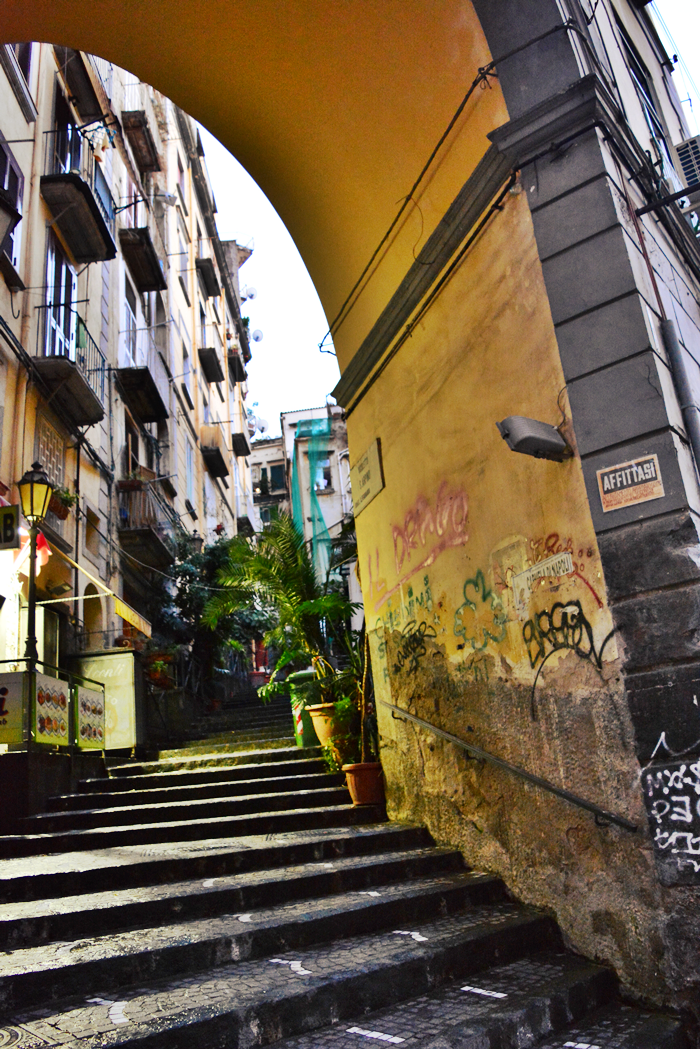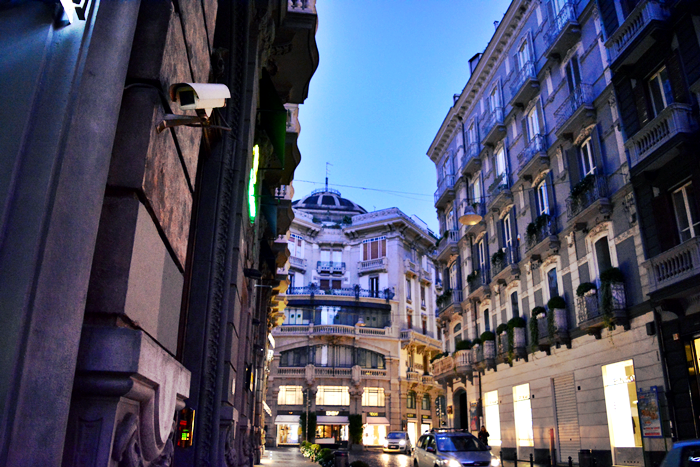If there is a main activity during trips, it is definitely strolling around cities until late at night.
What makes us leave the hotelroom/ apartment in the evening again, is often our craving for some local specialities. And if there is food, there will most likely be a beer or a drink too. And then we don't want to go home anymore.
So today we are in the historical center of Naples again and some nighty shots.
Wenn eine Sache zu unseren Hauptaktivitäten auf Reisen gehört, ist es, bis spät in die Nacht irgendwo durch die Gegend zu laufen. Meist treibt uns der Hunger aus dem Hotelzimmer/ Ferienwohnung, aber wenn dann noch das ein oder andere Bier dazu kommt, führt kaum noch ein Weg wieder nach Hause.
In diesem Post sind wir natürlich wieder in der Altstadt Neapels unterwegs.
























































